David Carter has recently been intensely involved in both the preparation of top golfers and the training of children and youth. During his work he utilizes a combination of neuropsychological techniques, psychosomatic approach and principles of coaching, which he complements with his perfect knowledge of biomechanics and particularly with his exceptional experience of the European Tour.
What is your teaching approach?
Commonly, the approach to teaching is similar to the one at schools. Come to the lesson, and I’ll tell you what you do wrong. The aim is to do everything as it should be done without making any mistakes. The disadvantage of this old approach is that clients learn very slowly and are afraid of trying new things. The acquired knowledge slowly turns into experience and any change is only temporary. Moreover, this approach creates a dependency on the coach, because “only he knows what I’m doing wrong, only he’s responsible”. As far as I’m concerned, I don’t teach, I provide clients with space and lead them so that they learn what they need about themselves and the game. I create an environment where they can experiment and discover for themselves the best way to play golf. They learn how to play golf the same way as they were once taught how to walk. Sometimes they fall, but I’ll help them take the next step. This makes them more confident every day.
But then, sooner or later, your clients won’t need you.
I’m aware of this downside of my method. My coaching style is not suitable for those who come for magic advice. My clients know that if a lasting change is required, much more has to be done.
What should clients take away from your lessons?
I’ll be happy if my clients leave with the feeling that they may have discovered something new, learned something new about themselves, their approach, their beliefs, thoughts, and, last but not least, about their game.
So how to train according to Carter? What advice do you give to clients?
Forget for a moment how you use your body. Take your club in your hand the same way as you take a toothbrush in the morning or a knife when you are about to cut your favourite food. Do you think about the inclination of your hand when brushing your teeth or slicing baguette? No, you don’t. Perceive the golf club as a tool or an aid, which, depending on how you use it, will cause something. Watch what happens when you swing from left to right, right to left and when you swing around. When you take a shot you don’t repeat it a few times in order to understand what happened. Hit the ball right, left, low, high. A straight shot is only one type of shot; it’s like you only knew how to clean the front teeth.
You are very much devoted to the development of children. Do you believe that golf in the Czech Republic has a future on the level of other sports such as athletics, tennis or football?
Yes, I definitely believe. It is a long journey that will take time and will require changes in the process, but I believe that one day we’ll have successful golfers on a European or even global scale in the Czech Republic. Klárka Spilková is the first of its kind.
When do you think children should take up meaningful golf training?
Children prepare the ground for any sport since they start walking. As for golf, lessons should be attended from the age of six or later. But even then, golf should be one of the sports in which the child is involved. Specialisation in one sport is generally recommended at the age of fifteen the earliest.

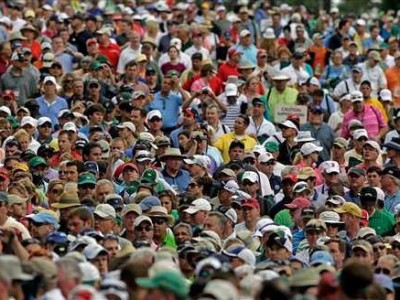

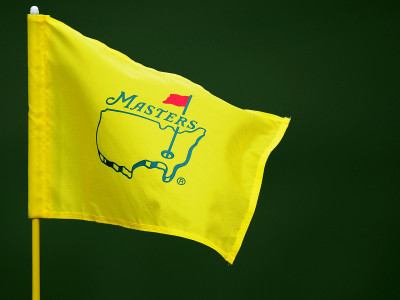
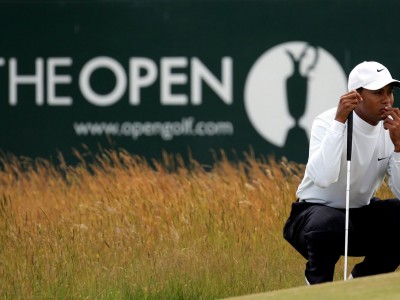


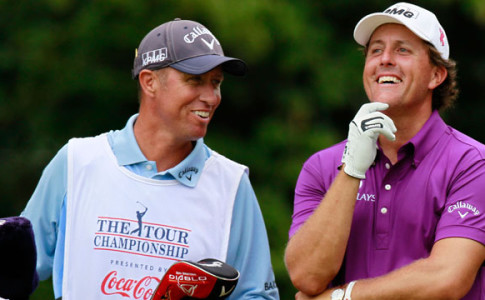
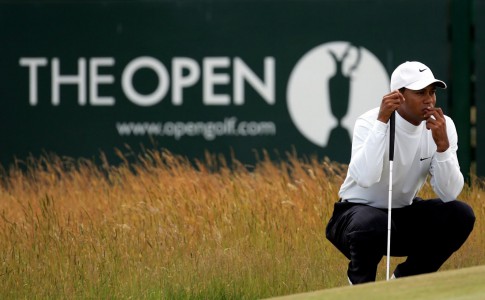
No comments